Help me repair these vintage chairs?
franksmom_2010
12 years ago
Related Stories

KITCHEN DESIGNDesign Dilemma: My Kitchen Needs Help!
See how you can update a kitchen with new countertops, light fixtures, paint and hardware
Full Story
SMALL SPACESDownsizing Help: Storage Solutions for Small Spaces
Look under, over and inside to find places for everything you need to keep
Full Story
DECLUTTERINGDownsizing Help: How to Get Rid of Your Extra Stuff
Sell, consign, donate? We walk you through the options so you can sail through scaling down
Full Story
STANDARD MEASUREMENTSThe Right Dimensions for Your Porch
Depth, width, proportion and detailing all contribute to the comfort and functionality of this transitional space
Full Story
HOUZZ TOURSMy Houzz: Online Finds Help Outfit This Couple’s First Home
East Vancouver homeowners turn to Craigslist to update their 1960s bungalow
Full Story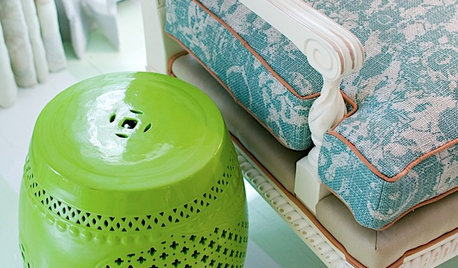
DECORATING GUIDESThe Most Helpful Furniture Piece You May Ever Own
Use it as a table, a seat, a display space, a footrest ... and indoors or out. Meet the ever-versatile Chinese garden stool
Full Story
KITCHEN DESIGNHere's Help for Your Next Appliance Shopping Trip
It may be time to think about your appliances in a new way. These guides can help you set up your kitchen for how you like to cook
Full Story
LIFEDecluttering — How to Get the Help You Need
Don't worry if you can't shed stuff and organize alone; help is at your disposal
Full StorySponsored
Most Skilled Home Improvement Specialists in Franklin County
More Discussions






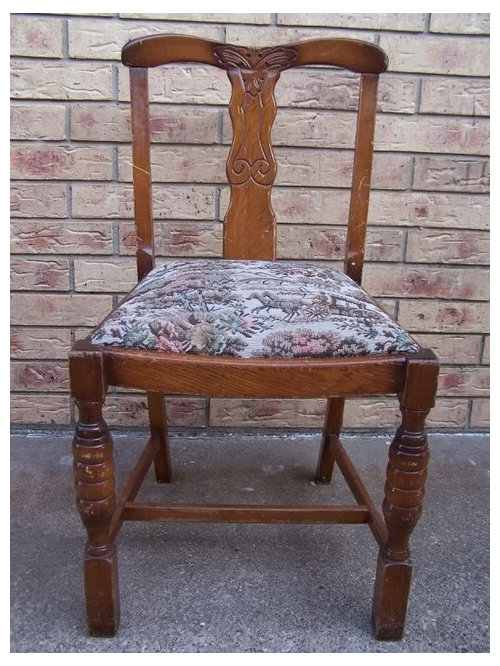
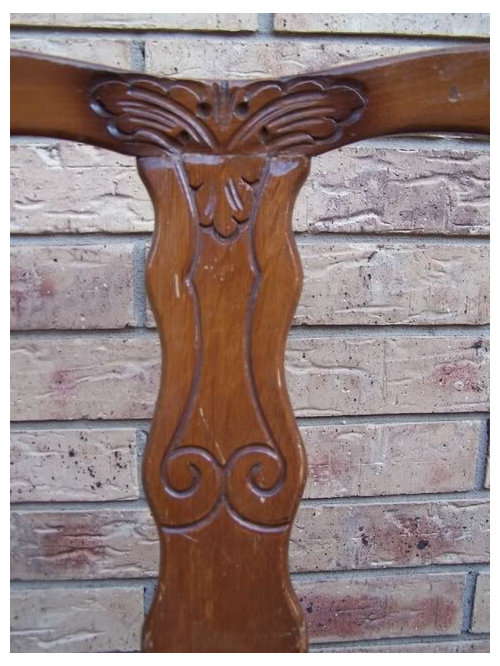
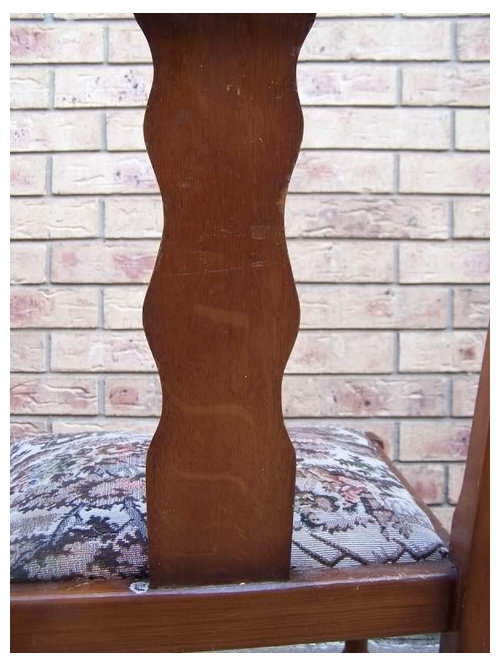
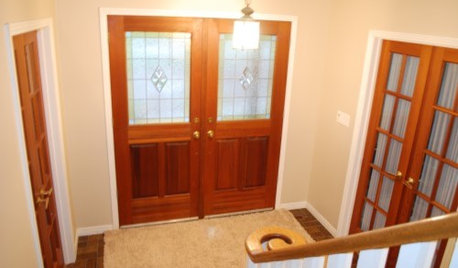
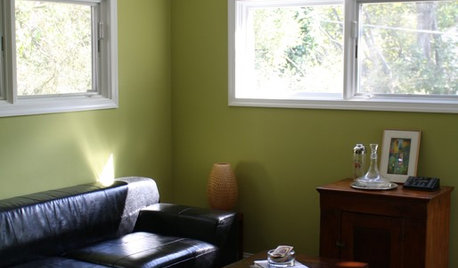



User
bobismyuncle
Related Professionals
Brushy Creek Flooring Contractors · Dunwoody Flooring Contractors · Eastvale Flooring Contractors · Inver Grove Heights Flooring Contractors · Jenison Flooring Contractors · Kirkland Flooring Contractors · Mashpee Flooring Contractors · Miami Flooring Contractors · North Tustin Flooring Contractors · Oro Valley Flooring Contractors · Plainfield Flooring Contractors · Thornton Flooring Contractors · Bridgeport Furniture & Accessories · San Juan Capistrano Furniture & Accessories · Channahon Handymankarinl
cliff321
franksmom_2010Original Author